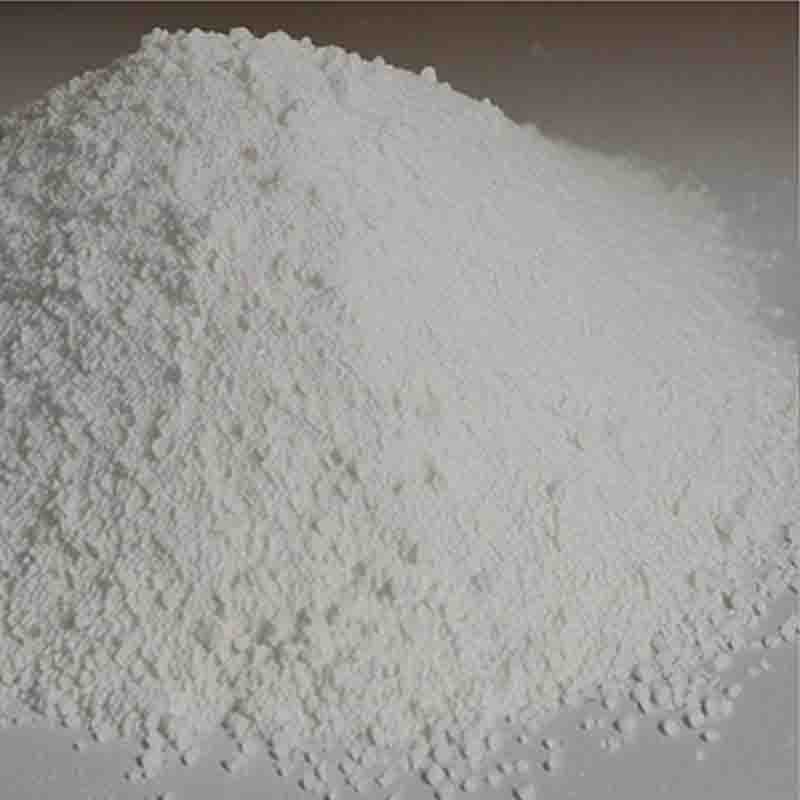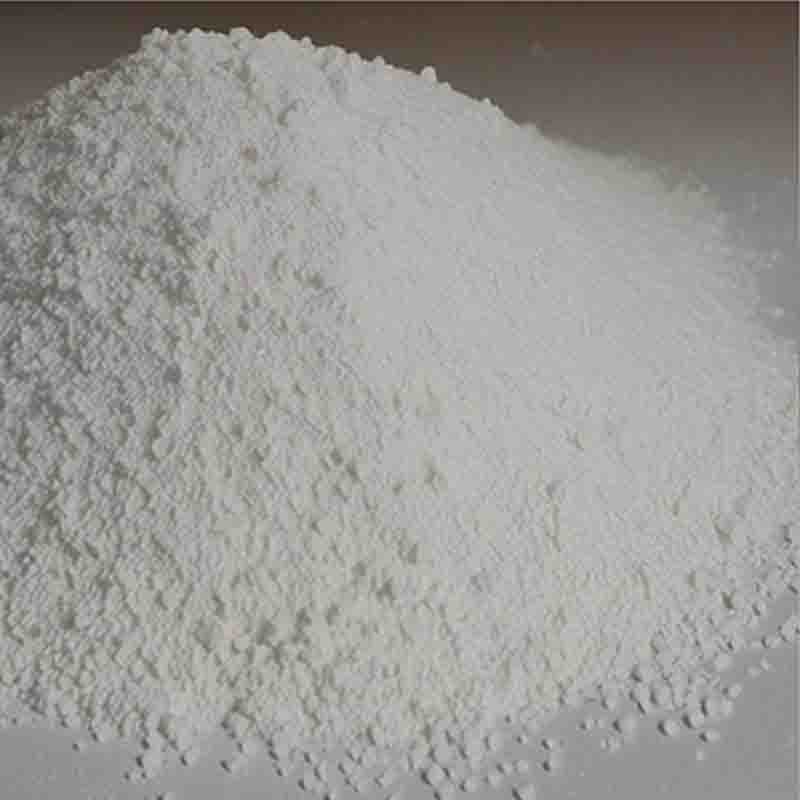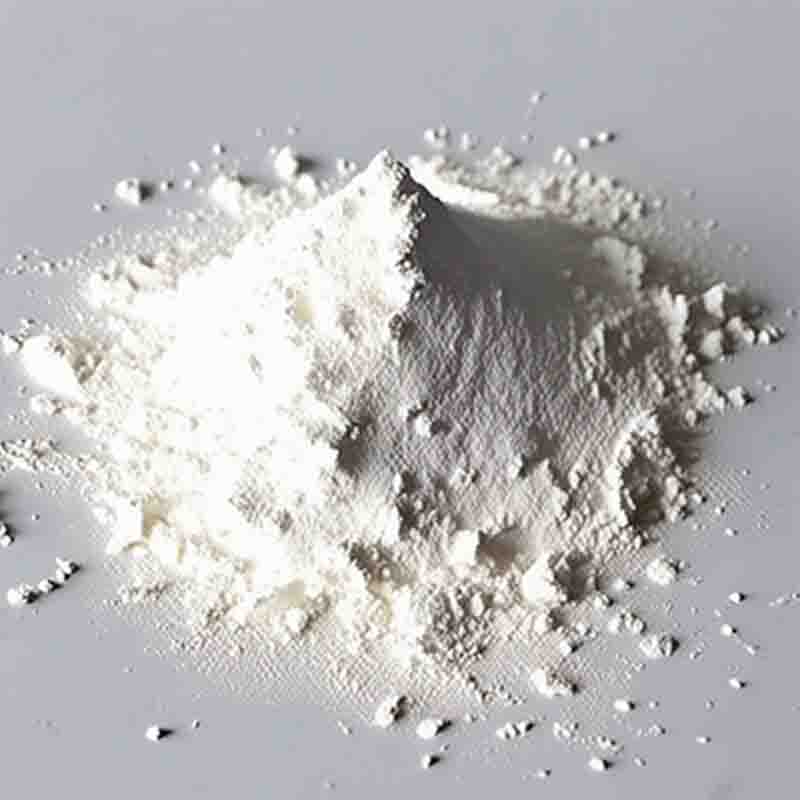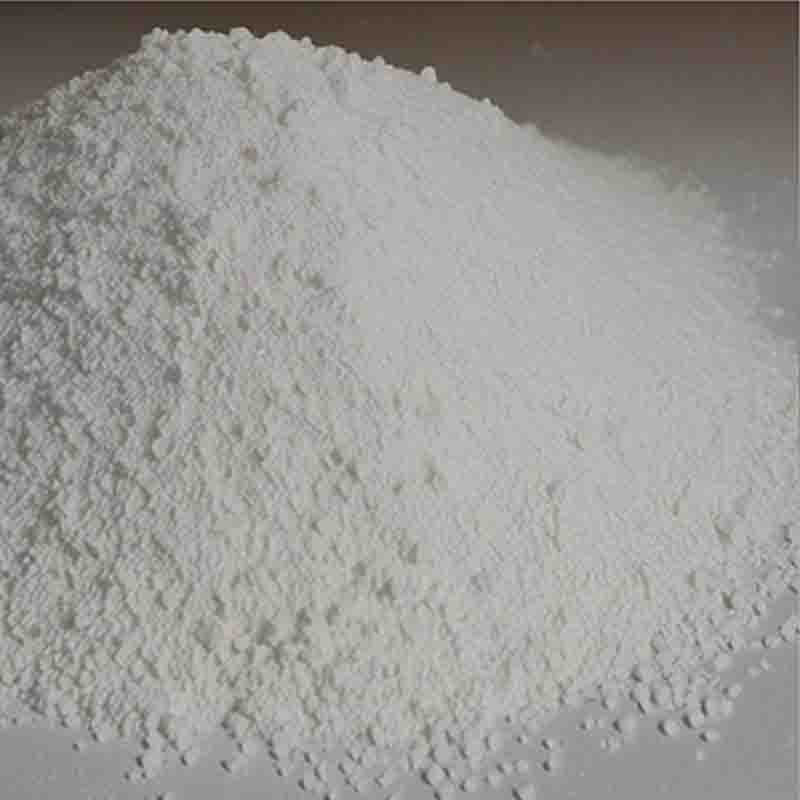Ethyl acetoacetatee CAS: 141-97-9
| Catalog Number | XD94170 |
| Product Name | Ethyl acetoacetatee |
| CAS | 141-97-9 |
| Molecular Formula | C6H10O3 |
| Molecular Weight | 130.14 |
| Storage Details | Ambient |
Product Specification
| Appearance | White powder |
| Assay | 99% min |
Ethyl acetoacetate is an organic compound with the molecular formula C6H10O3. It is a colorless liquid that is widely utilized in organic synthesis for various applications.One of the primary uses of ethyl acetoacetate is as a versatile building block in the synthesis of pharmaceuticals. It serves as a starting material for the production of a wide range of drugs, including anti-inflammatory agents, antihistamines, antibacterial compounds, and analgesics. The acetoacetate functionality in ethyl acetoacetate allows for the introduction of various functional groups through subsequent reactions, enabling chemists to modify the structure and properties of the resulting pharmaceutical compounds. This flexibility is crucial in developing new drugs with enhanced efficacy, reduced toxicity, and improved pharmacokinetic properties.Ethyl acetoacetate is also commonly employed in the synthesis of fragrances and flavors. Its carbonyl functionality allows for the formation of esters through esterification reactions. These esters contribute to the pleasant smells and tastes of many consumer goods, such as perfumes, cosmetics, and food products. By utilizing ethyl acetoacetate as a starting material, chemists can synthesize esters with specific odor profiles, providing manufacturers with the ability to create unique and appealing fragrances and flavors.Furthermore, ethyl acetoacetate finds applications as an intermediate in the production of dyes and pigments. By utilizing its keto-enol tautomeric forms, it can participate in condensation reactions, resulting in the formation of complex organic compounds. These compounds are often used as colorants in various industries, including textile, printing, and paints. The versatility of ethyl acetoacetate in forming these complex structures allows for the development of a wide range of vibrant and stable dyes and pigments.In addition to its industrial applications, ethyl acetoacetate is commonly used in research laboratories as a starting material or a reference compound. Its reactivity and stability make it suitable for a variety of chemical transformations and synthesis of complex organic molecules. It is frequently employed in organic chemistry experiments to investigate reaction mechanisms, test new synthetic methodologies, or develop novel compounds for further study.In summary, ethyl acetoacetate is a valuable compound with diverse applications in pharmaceuticals, fragrances, flavors, dyes, and pigments. Its ability to serve as a versatile building block enables the synthesis of a wide range of products with enhanced properties. Additionally, its stability and reactivity make it an essential tool in chemical research and development.









